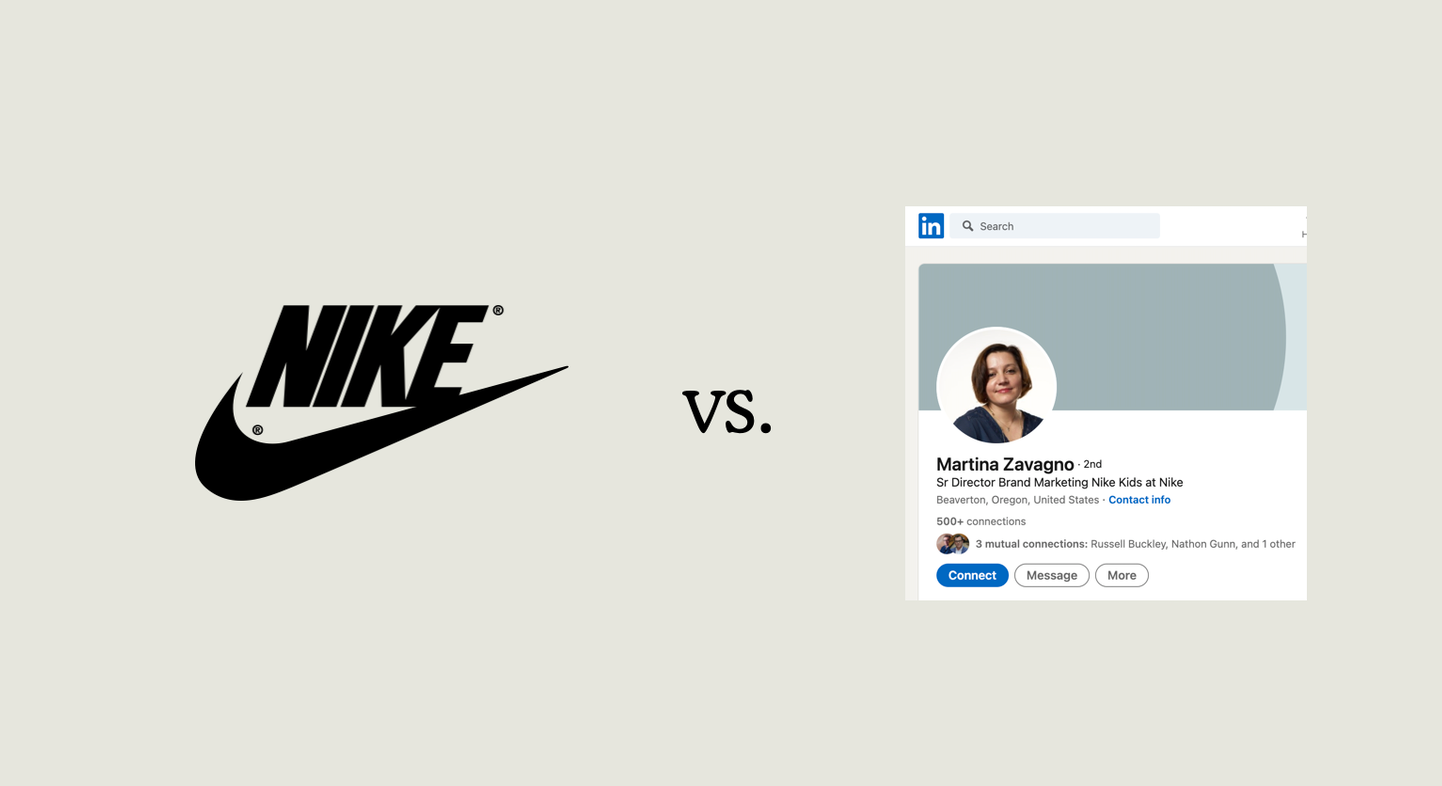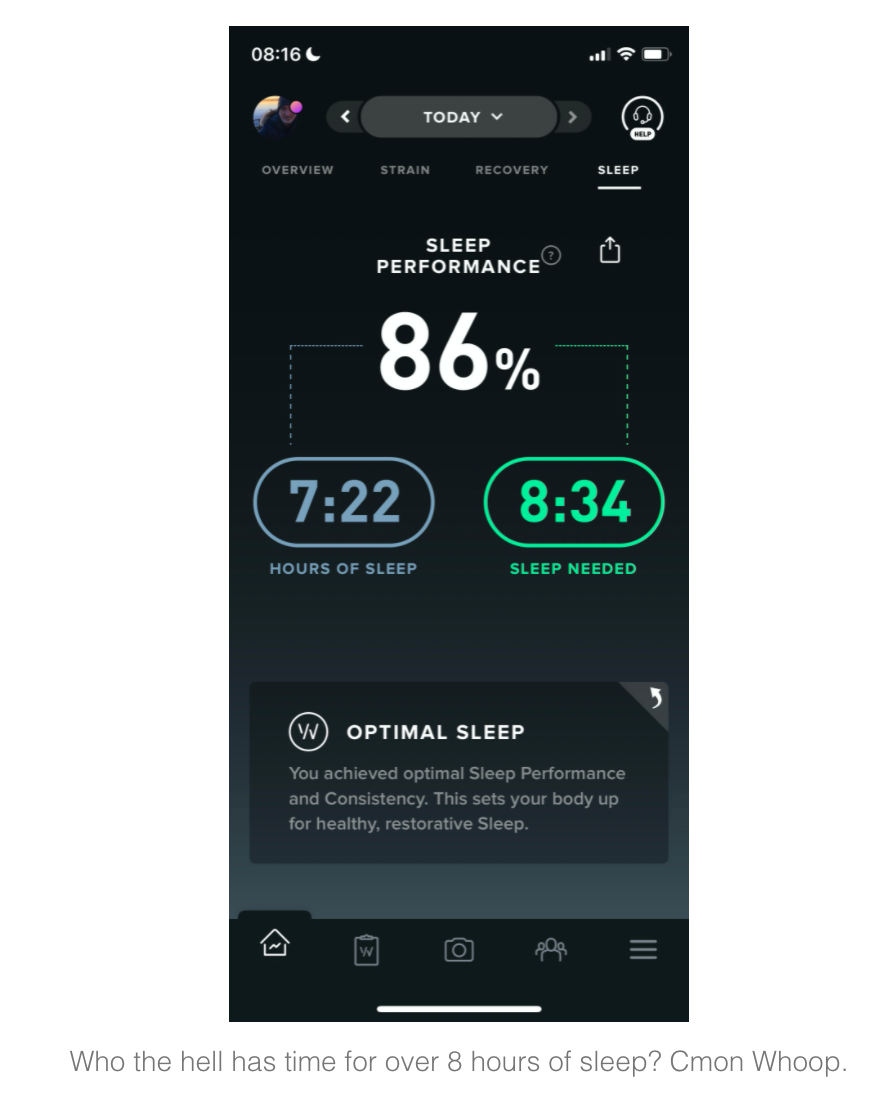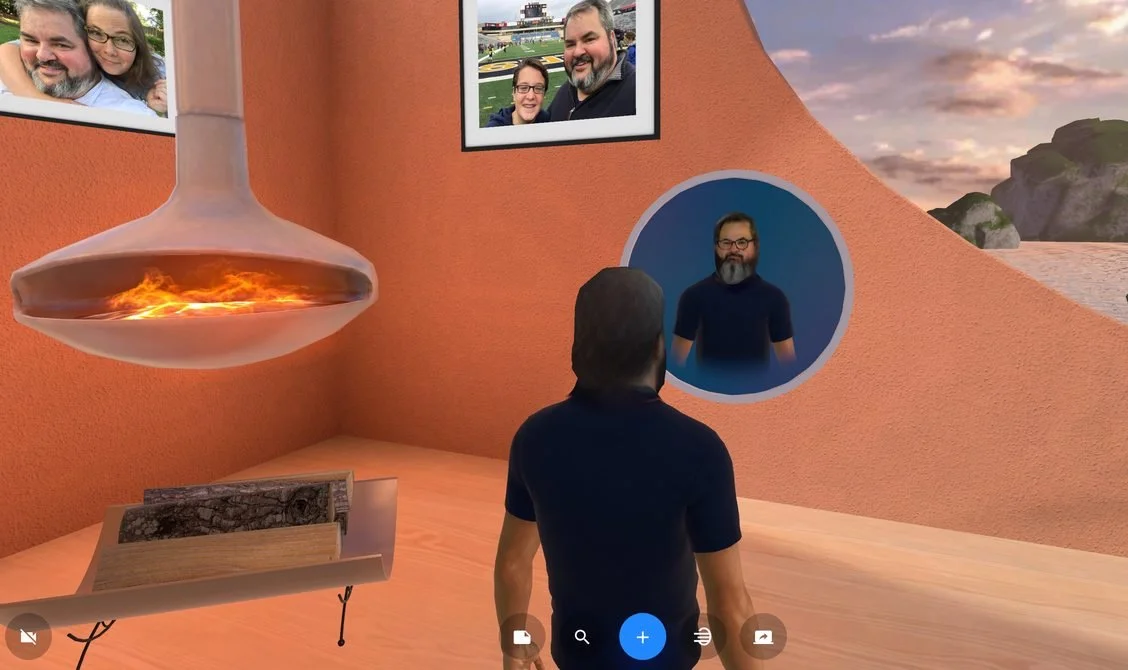B2B is Dead. Long live B2C. ~via @kmoulton
As my friend and colleague Bryan Kramer first said in 2014: There is no more B2B or B2C… it’s all H2H, Human to Human. Great post from Kelly Moulton. It’s always about the people. /Ted
Editor’s note: I was invited by PWC Bergen to speak last Friday at an annual gathering of their national design and innovation team. I ran out of time way too quickly. So here’s what I wish I also said.
I work with early stage technology companies running out of cash within a year. That is the professional context framing my remarks below.
And thus I live in the world of fundraising and the necessity of living with venture capital categories, one of which is B2B vs B2C.
Last year you would find me saying:
“Hi, my name is Kelly Moulton and I work for a company called Sensar Marine. We’ve just launched a product called Smart Boat One —”
VC interrupts: “Is it B2B or B2C?”
That’s often the first question. And very often, how you answer will dictate if the conversation continues or not.
“Well, it´s a consumer product of course, but —
“I’m sorry, we only do B2B.”
I find B2B a completely meaningless formulation, as a CMO.
I say
You cannot market to a company, per se. A company does not buy your product.
And I say this goes for product design as well - you cannot design a product for, say, Nike. Nike cannot buy your product.
But you can design a product for Martina, Sr. Director, Brand Marketing, Nike Kids (I just found her randomly on LinkedIn - my apologies Martina!). Maybe she can approve trying out your new shoes for kids. Not Nike, Martina.
So I find this whole notion of placing new products, services and companies in the B2B vs B2C bucket fruitless. It leads to no useful next step. It does not impact my strategic thinking. It does not inform my product design thinking (I use personas, specific people) and it does not influence my choice of color or my tone of voice in my marketing choices. I address people, not companies.
Yes, if you want to nitpick here, I can choose to target Nike itself (and people who work at Nike) in LinkedIn - in that specific media buying context, “speaking to a business” comes in handy.
But otherwise:
As a marketer, as a product designer, the term “B2B,” to me, is dangerous, desensitizing, distancing. 1990s.
There’s this generally accepted principle that if you think B2B then you think more logically, more features and facts driven. You think problem / solution. You fill your website with evidence, case studies, white papers, FAQs, etc.
But I say none of this really moves the needle in swaying human beings to make purchasing decisions, to adopt new products and services. Yes, of course it helps to have these things, but 95% of consumer purchasing decisions are subconscious.
And no, “consumer” doesn’t just mean lipstick and boxes of cereal.
Consumer also means adopting Slack and Dropbox, consumer means switching from Telia to Telenor, consumer means abandoning SR Bank for Gjensidige’s insurance. Consumer means accepting a proposal from PWC instead of E&Y.
Here’s another question I get all the time (right after are you B2B or are you B2C?) :
What’s the problem you’re trying to solve?
It’s as if everybody came out of the same Question Factory.
I find it uninspiring.
Is life just this rat’s nest of problems to be solved? Is that the primary driver for me as a human, solving the many problems, big and small, that face me every second of every day? And do I make my decisions on removing these pain points, these supposed needle pricks in my brain?
So I´m seeking pain relief all day long? Is that really the deal?
I just googled “problem solution thinking” and came up with a post from the Interactive Design Foundation where it states “the reason is simple, the user buys the product to solve a real world problem for themselves.”
I say the reason we product people and marketeers (and for that matter, investors in innovation) tend to buy into this way of thinking is because we think it’s a repeatable process that leads to a result that moves the needle.
And we come up with legions of slides about our process that gives us comfort that we are smart and professional.
See here’s the process Mr. Client!
I myself am victim of selling this bullshit. I have made dozens of seemingly thoughtful slides filled with funnels and pie charts and arrows and graphs to try to convince myself and others that I have a process that is
repeatable
and
defendable
and will
invariably lead to brilliant results.
Just follow this process. It will work. Promise.
But a lot of people out there working with product and marketing are following these exact same well documented, well publicized processes - be it inbound marketing principles or be it lean design thinking, etc. - so everyone is doing the same thing and competing on the same playing field.
And yet we also throw around this word “innovation” all the time to describe what we’re about??
Peter Thiel and Reed Hoffman have a brilliant exchange when they sit down together to record a Masters of Scale podcast episode entitled “Escape the Competition.”
Thiel states:
"Don’t try to beat the competitors at their own game. You have to invent a new game—and master it."
What we tend to avoid, because it is not repeatable every time, is Creative. You cannot repeat brilliant Creative every day, every week. You hit and you miss. You miss more often than you nail it. Hell, maybe once in a year if you’re lucky (and focused on being creative) do you come up with an idea or a design or an image or a prototype or a logo that makes you feel proud.
Often we cough up work that is just solid and, let’s face it, not “award winning.”
But that hit or miss reality is not so easy to pitch to a client or your boss or a potential investor.
So we shroud ourselves in process and jargon while avoiding the tough reality of Creative.
But it’s Creative that moves the needle. It’s Creative that separates you and your product from the rest. It’s Creative that impacts the consumer subconscious, which drives decision making.
I was just recently in an investor pitch, a third meeting so in fact quite a serious setting, where I finally said, listen, the only thing I can say with 100% certainty is that whatever approach we are discussing today will 100% not be the approach we are discussing at the beginning of next year. We’ll likely look back at the picture we’re painting to you today and say What on Earth Were We Thinking??
We’re dealing with new creative. We’re dealing with early. We’re dealing with innovation.
I’ll get back to you on how that went down.
How To Think Instead: Product Led Growth
As a marketer, instead of dealing with funnels and pipeline management all day long (“imagine if we tweaked our conversion rate from 1 to 2 %!!!”) you can focus on product.
Product Led Growth (PLG) demands a creative approach.
As OpenView Partners in Boston writes
The center of power has shifted from the buyer to the end user. And the consumerization of software means that end users now demand better experiences from the tools they use.
Now you can merge your marketing and product teams into one new Growth Team. They sit together. They all brainstorm together. And they’re all focused on
enticing a user to try the product
making the product so good it’s worth paying money for
creating a product that brings so much joy the user shares it with another friend
Don’t focus on the pain. Focus on sparking joy.
I discovered and bought the following products in the past few years because a friend fell in love and told me about them:
Tibber
Tesla
Whoop
Calendly
Substack
Notion
Telegram
ReMarkable (then sold it)
and
an egg shaped grill!
The list goes on.
When I adopted these products, I was using language of newfound love, not pain relief.
“Look at how Whoop calculates my sleep each day - it’s way more accurate than my Apple Watch. I never realized I was a walking zombie and how much sleep I really needed until I started with Whoop. Love it. Can’t wait to dive into how they calculate my Recovery score. I’m gonna get FIT damnit!”
At a taco bar just two weeks ago, I was with my friend Mike showing off all the features I love about this very program, Substack, and how it has enabled me to finally tackle a lifelong dream, to write. “But it’s not just the ease of use, man, it’s also the community. I just got accepted to this Substack Go writing program that meets every week where I’m swapping tips with people from Brazil, Singapore, Iowa. It’s so fucking cool.”
“Yeah dude, that sounds really cool” was Mike’s reply.
The above bar-side word of mouth is the only way to achieve what Peter Thiel calls “escape velocity.”
With PLG you can dispense with godawful B2B vs B2C thinking.
Slack, of course, is one of the early pioneers of what they called a “self service go to market approach.” Having launched in 2013, Slack IPO’d at $23B just six years later - with over 10m daily active users. Do you think they could have achieved that stellar growth with traditional digital marketing practices? Blogging, advertising, driving up the organic rate of traffic acquisition, tweaking conversion rates onsite? Not.
Take Dropbox. Once they got into Y Combinator and launched in 2008, they did everything by the book to acquire early customers. But who back then was searching on file sharing programs? The cost of acquiring customers was up to nearly $400 for a service that charged $99 per year. Welcome to marketing an amazing product that users did not know they needed yet. Through a variety of product led tactics, they were able to reject digital marketing and experience legendary early growth.
2009 - 4m users
2010 - 25m users
2011 - 50m users
2012 - 100m users
They simplified their landing page to being a video and a signup page. Rather than telling the users all about the benefits, they said, in essence, just try it. Sample the chocolate before buying the box. Rather than saying “refer a friend!” they disguised what is essentially a refer a friend program into a feature - “get more space!” And of course what is called “virality” is actually embedded into the product design itself.
Put the product out front. Put the product first.
Can’t come up with a sample version of your product?
Then why not practice radical transparency with your product roadmap?
I often cite a digital only bank, a relatively new brand here in Norway, called Bulder Bank and their publicly available product roadmap as an example of best practice in this regard (in Norwegian but you’ll get the drift):
They don’t say the credit card is launching by summer and the Apple Pay feature is launching in autumn. They just say “this is on the drawing board, let us know if you vote for this one and want to be put on a waiting list.” Brilliant. Their version of PLG - because no, I cannot “sample a bank” before trying it. But I get a taste nonetheless of their openness as a company. And to the modern demanding digital consumer, this transparency (without committing the organization to rigid product delivery deadlines) is sugar loaded candy. I am gobsmacked at the number of companies I meet who want this door shut, not open. “Let’s just do an annual survey” and “Is it worth the effort?”
Another version of a bank being able to deploy good PLG practice without a free to use version? Bulder doing its damndest to remove any need to speak to a human being in order to apply and receive approval for a mortgage. People love to explore, configure, see the results, and they will do it again and again and again sometimes, often, before actually committing. Force me to speak to somebody right away instead of being able to play in the sandbox? I’m running for the hills.











